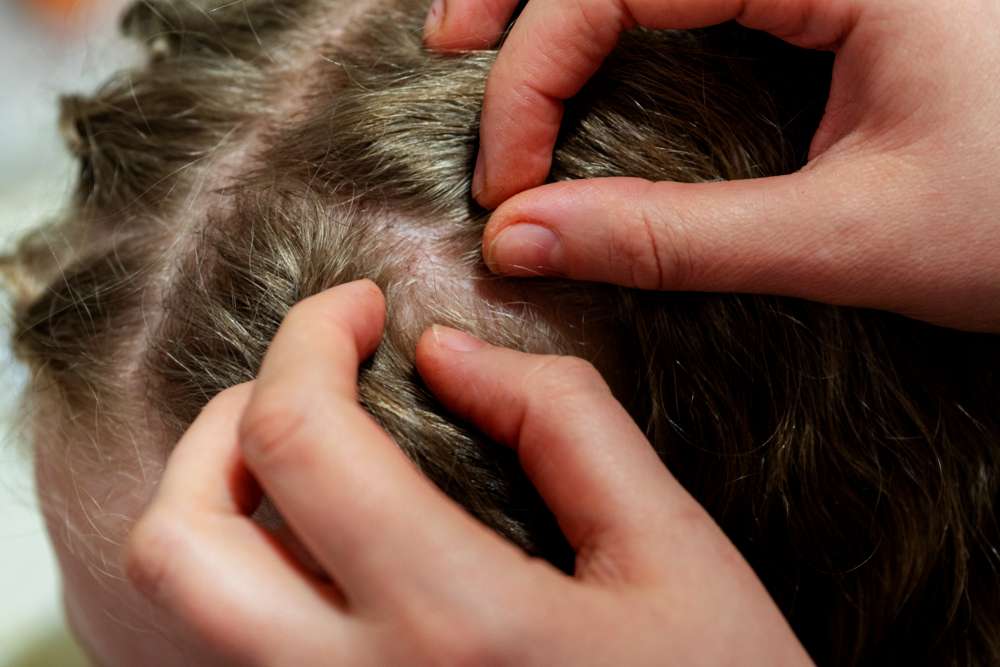Scalp Psoriasis Explained: What Causes It and How to Treat It
Dealing with constant itching, flaking, or thick patches on your scalp? It could be more than dandruff—it might be scalp psoriasis. This common autoimmune condition can lead to irritation, embarrassment, and even hair thinning if ignored. In this guide, you'll discover what causes it, how to spot early symptoms, and which soothing treatments actually work. Whether you're newly diagnosed or tired of recurring flare-ups, here’s your path to a calmer, healthier scalp.

Scalp psoriasis is a chronic skin condition that creates distinctive patches of inflamed, scaly skin on the scalp. Unlike dandruff or other scalp conditions, psoriasis involves an overactive immune system that accelerates skin cell production, leading to the characteristic buildup of thick, silvery scales. The condition can appear anywhere on the scalp, from small isolated patches to widespread coverage that may extend to the forehead, neck, and behind the ears.
What Are the Visual Signs Found in Psoriasis Pictures
Identifying scalp psoriasis through visual examination reveals several distinctive characteristics. The most prominent signs include raised, red patches covered with thick, silvery-white scales that may appear dry and flaky. These plaques often have well-defined borders and can vary in size from small coin-sized spots to larger areas covering significant portions of the scalp. The affected skin typically appears thicker than surrounding healthy tissue, and the scales may have a powdery or crusty texture that differs markedly from regular dandruff.
Understanding Pictures of Plaque Psoriasis on the Scalp
Plaque psoriasis on the scalp presents as the most common form of this condition, characterized by distinct raised lesions. These plaques typically exhibit a reddish or pinkish base with overlying silver or white scales that may crack or bleed when disturbed. The patches often follow specific patterns, commonly appearing along the hairline, behind the ears, and at the nape of the neck. In severe cases, the plaques may merge together, creating larger affected areas that can significantly impact daily activities and self-confidence.
Why Scalp Psoriasis Picking Worsens the Condition
Picking or scratching at psoriatic lesions creates a cycle of inflammation and irritation that significantly worsens the condition. This behavior, known as the Koebner phenomenon, triggers the immune system to produce more inflammatory cells in the affected area, leading to thicker plaques and increased scaling. The mechanical trauma from picking can also introduce bacteria, potentially causing secondary infections that complicate treatment. Additionally, constant manipulation of the affected areas can lead to temporary or permanent hair loss in those regions, adding another layer of concern for individuals managing this condition.
Root Causes and Triggers of Scalp Psoriasis
Scalp psoriasis develops from a complex interaction of genetic predisposition and environmental triggers. The condition stems from an overactive immune system that mistakenly attacks healthy skin cells, accelerating their production cycle from the normal 28-30 days to just 3-4 days. Common triggers include stress, infections (particularly streptococcal throat infections), certain medications, weather changes, and skin injuries. Hormonal fluctuations, excessive alcohol consumption, and smoking can also exacerbate symptoms. Family history plays a significant role, with approximately one-third of people with psoriasis having a relative with the condition.
Treatment Options and Management Strategies
Effective scalp psoriasis management typically involves a combination of topical treatments, lifestyle modifications, and in severe cases, systemic medications. Treatment approaches vary based on symptom severity, extent of coverage, and individual response to different therapies.
| Treatment Type | Options Available | Cost Estimation |
|---|---|---|
| Topical Corticosteroids | Clobetasol, Betamethasone | $15-$80 per tube |
| Medicated Shampoos | Coal tar, Salicylic acid, Ketoconazole | $10-$40 per bottle |
| Vitamin D Analogues | Calcipotriene, Calcitriol | $100-$300 per tube |
| Biologic Medications | Adalimumab, Secukinumab | $5,000-$8,000 per month |
| Light Therapy | UVB, Excimer laser | $50-$200 per session |
Prices, rates, or cost estimates mentioned in this article are based on the latest available information but may change over time. Independent research is advised before making financial decisions.
Successful management often requires patience and consistency, as treatments may take several weeks to show significant improvement. Many individuals find that combining gentle, fragrance-free hair care products with prescribed medications yields the best results. Regular moisturizing of the scalp, stress management techniques, and avoiding known triggers can significantly reduce flare-ups and improve overall skin health.
This article is for informational purposes only and should not be considered medical advice. Please consult a qualified healthcare professional for personalized guidance and treatment.




